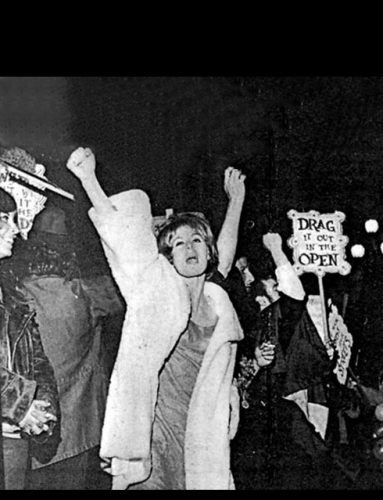In the turbulent ’60s, a handful of LGBT rights activists—believing the courts were a dead end—turned to the Constitution’s 1st Amendment: the right to speak out.
Risking the loss of their jobs, their friends, and their families, they staged small demonstrations in major cities. Among the organizers was Frank Kameny, whose rebuff by the Supreme Court had ignited his sense of injustice.
Protests would gather momentum after 1969, when the patrons of New York’s Stonewall Inn fought back against a police raid. As LGBT people became increasingly visible, the debate over gay rights escalated.


